 18 April 2016
New Earth-like planet found in GJ 832 planetary system
18 April 2016
New Earth-like planet found in GJ 832 planetary system
... mass of around 0.64 Jupiter masses, that is well outside the habitable zone. Due to its relative position and its mass, it has been... 0.25 - 2.0 AU from the star (just within the habitable zone) and that its upper mass limit is limited by the radial...
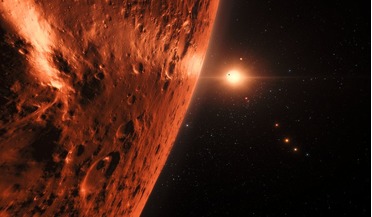 01 September 2017
TRAPPIST-1 planets could contain substantial amounts of water
01 September 2017
TRAPPIST-1 planets could contain substantial amounts of water
...the idea that this trio of exoplanets could indeed be habitable. Using the NASA/ESA Hubble Space Telescope, an international...for the outer planets of the system, including three in the habitable zone – planets e, f and g – as observations suggest each...
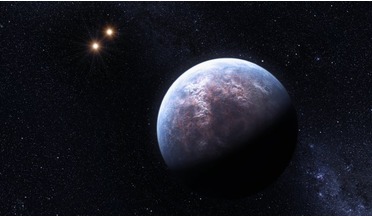 16 April 2021
Five double star systems potentially suitable for life identified by researchers
16 April 2021
Five double star systems potentially suitable for life identified by researchers
... worlds. "Life is far most likely to evolve on planets located within their system's Habitable Zone, just like Earth. Here we investigate whether a Habitable Zone exists within nine known systems with two or more stars orbited by giant planets,” says...
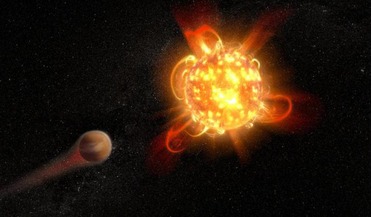 22 October 2018
Frequent superflares spell doom for life around red dwarfs
22 October 2018
Frequent superflares spell doom for life around red dwarfs
... the exoplanets that have been found in a star’s ”habitable-zone" orbit red dwarfs, including Proxima Centauri, the nearest star... these commonplace stars is HAZMAT, which stands for "HAbitable Zones and M dwarf Activity across Time. HAZMAT uses the...
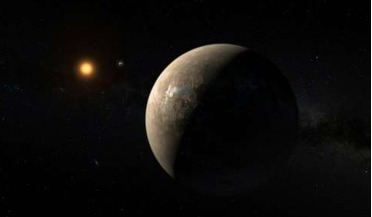 07 October 2016
Proxima b may be be home to oceans, says CNRS
07 October 2016
Proxima b may be be home to oceans, says CNRS
... it quite similar to Earth. The planet's mass is estimated to be 1.3 times that of Earth, but some scientists believe that habitability may be not be possible due to the fact that Proxima b orbits its star at only 7.5 million kilometers – about...
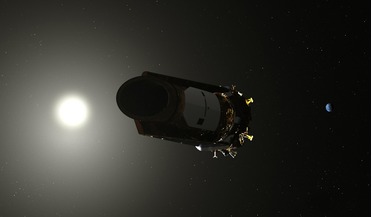 19 November 2018
Kepler officially retires after receiving final "goodnight" commands
19 November 2018
Kepler officially retires after receiving final "goodnight" commands
... to be surrounded by small, possibly rocky, planets similar in size to Earth, orbiting within the habitable zone of their parent stars. This ‘Goldilocks zone’ as it has become known, is within a region where liquid water - a vital ingredient to life...